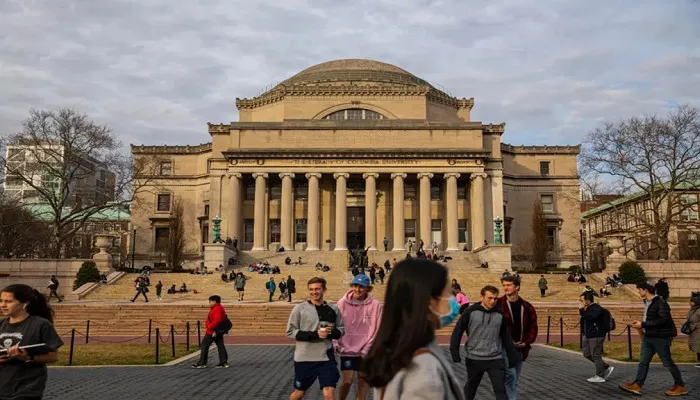Indian students’ financial remittances for education purposes appear to be on a decline, largely due to changes in international student visa policies and global economic shifts. The United States, a top study-abroad destination for Indian students, has seen a noticeable decrease in the number of Indian students heading to study there, with a significant 28% drop recorded between March 2024 and March 2025, according to an analysis by Boston College Professor Chris R. Glass.
This trend is mirrored in the latest Reserve Bank of India (RBI) data, which reveals a sharp decrease in outward remittances for education. In February 2025 alone, student-related remittances fell 50%, from $368.21 million in January to just $182.17 million. For the fiscal year 2025, total remittances dropped by 16%, falling to $2.92 billion from $3.48 billion in FY2024. At their peak in FY2019-20, before the pandemic, remittances reached nearly $5 billion, but have since slumped by approximately 40%.
The shift in student remittances is concerning, especially when considering that the average monthly remittance in 2023-24 was around $300 million, making the $182.17 million recorded in February particularly alarming. According to Pavan Kavad, Managing Director of Prithvi Exchange, this decline signals both short-term disruptions and potential long-term changes in international student dynamics. He notes, “The complex interplay of regulatory shifts, such as stricter visa policies, income verification, and dependent stay restrictions, particularly in popular study destinations like Canada, the UK, and Australia, has contributed to a 25% reduction in Indian students receiving study permits.”
The introduction of the Tax Collected at Source (TCS) on remittances exceeding Rs 7 lakh may also have impacted the outward flow of funds for educational purposes. Under India’s Liberalized Remittance Scheme (LRS), a TCS of 5% applies for remittances above this threshold unless the funds are for educational loans, in which case the rate drops to 0.5%. While the recent Budget 2025 raised the LRS threshold from Rs 7 lakh to Rs 10 lakh, many experts believe that regulatory and financial factors could cause a lasting shift in student remittance patterns.
In addition to stricter visa regulations, economic volatility, and the impact of TCS, Kavad suggests that long-term structural shifts are likely to influence student remittance trends. While countries such as the United States, United Kingdom, and Canada remain popular among Indian students, other locations like Germany, Japan, and Australia are also becoming attractive study destinations. The Ministry of External Affairs reports that by 2024, over 1.3 million Indian students were pursuing higher education abroad.
Despite the recent dip, Kavad remains optimistic that the trend could reverse, although the overall landscape for international student remittances may experience more significant adjustments in the years to come. As international visa policies continue to evolve, students may increasingly consider a broader range of study abroad programs, impacting the future of remittances to destinations like the US, UK, and beyond.


